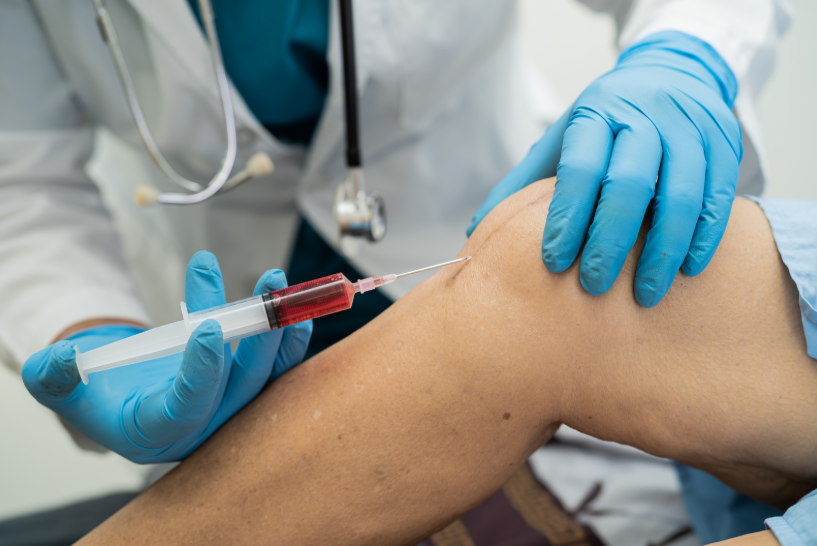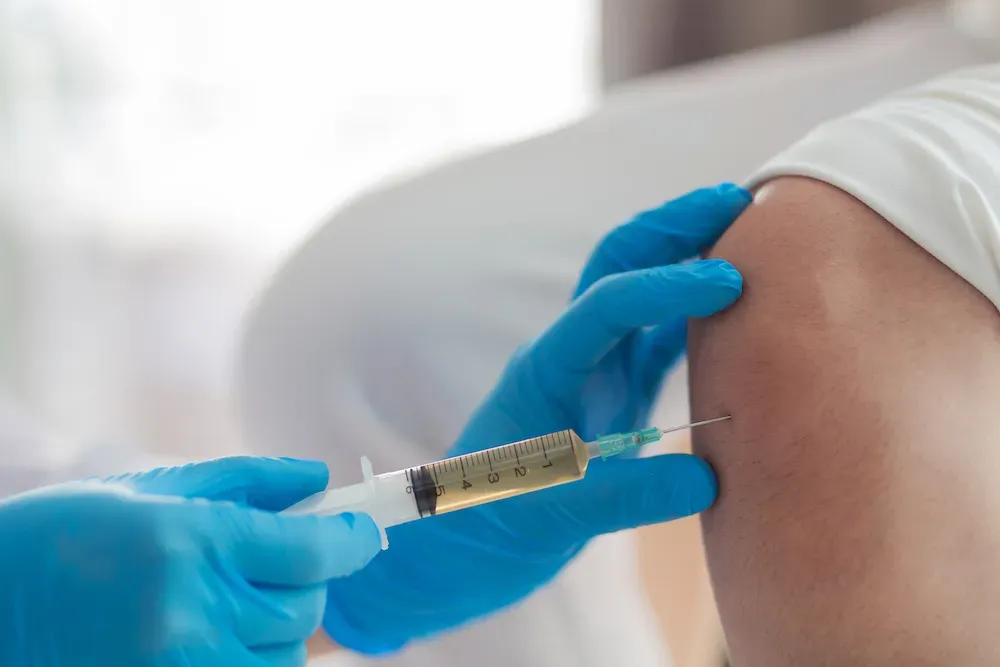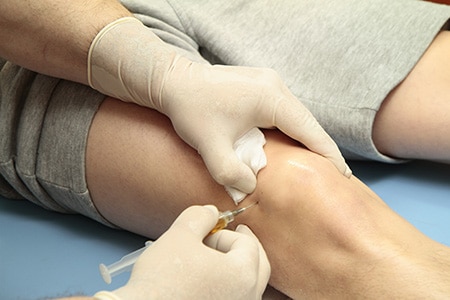Who Is a Wound Doctor and What Do They Do?
A wound doctor, often referred to as a wound care specialist or wound care physician, is a medical professional who specializes in diagnosing and treating complex or non-healing wounds. Unlike general practitioners, wound doctors possess focused training and clinical experience in advanced wound management. Their primary role is to assess, monitor, and develop personalized treatment plans that support the healing of chronic, surgical, or trauma-related wounds. They work closely with other healthcare professionals, such as endocrinologists, podiatrists, and surgeons, to ensure patients receive comprehensive care.
These specialists manage a wide variety of conditions including diabetic foot ulcers, pressure sores, arterial and venous ulcers, burns, and post-operative wounds. Their work is crucial in preventing infections, avoiding complications like amputations, and promoting tissue regeneration. Wound doctors often operate out of hospitals, outpatient wound care centers, or specialized clinics. Their mission is to accelerate healing, reduce discomfort, and restore quality of life for individuals experiencing prolonged or complex wounds. For patients who suffer from wounds that won’t respond to conventional treatment, a wound doctor becomes an essential member of their healthcare team.
Common Types of Wounds Managed by a Wound Doctor
Wound doctors are trained to handle a variety of wound types that often require more than basic first aid. One of the most common issues they treat is pressure ulcers, which occur due to prolonged pressure on the skin, especially in individuals with limited mobility. Diabetic foot ulcers are another major concern, particularly among individuals with poorly managed diabetes, where nerve damage and poor circulation delay healing. Venous and arterial ulcers—resulting from circulation problems—require special care to prevent serious complications such as infections or tissue death.
Surgical wounds that fail to heal normally are also within the expertise of a wound doctor. These cases may arise due to underlying health issues, improper wound care post-surgery, or bacterial infection. Traumatic wounds, including those from accidents or severe burns, can also benefit from a wound doctor’s intervention, especially when they are large or involve multiple layers of tissue. The ability of a wound doctor to diagnose the root cause of each wound type ensures more effective and targeted treatments. Their broad understanding of how underlying health conditions impact wound healing makes their care especially valuable.
How a Wound Doctor Assesses and Diagnoses Wounds
The first step in effective wound treatment involves a thorough assessment. A wound doctor begins by gathering a detailed medical history, including the duration of the wound, prior treatments, and the presence of any chronic illnesses such as diabetes, heart disease, or autoimmune disorders. They physically examine the wound to evaluate its size, depth, color, and the presence of infection or dead tissue. They may use diagnostic tools such as wound measurement devices, bacterial cultures, and imaging tests like Doppler ultrasounds to assess circulation.
Wound classification and staging help determine the severity and appropriate treatment approach. For example, pressure ulcers are categorized into four stages depending on tissue depth and damage. The wound doctor may also evaluate the patient’s nutrition, medication use, and overall lifestyle to identify factors that could hinder healing. Diagnosing the root cause of delayed healing is crucial, as simply applying ointments or dressings without understanding the underlying issue often leads to recurrence or further complications. With accurate diagnosis, the wound doctor creates a strategic and personalized care plan to promote healing.
Treatment Options Provided by a Wound Doctor
A wound doctor has access to a wide range of advanced treatment options not typically available through general care providers. One of the most common treatments is specialized wound dressings that promote healing by maintaining the right moisture balance and protecting the area from infection. Debridement is another essential technique, where dead or infected tissue is removed to allow new tissue to grow. This can be done using surgical tools, enzymes, or other methods tailored to the wound type and patient condition.
For more severe or stubborn wounds, advanced options such as hyperbaric oxygen therapy are used. This involves the patient breathing pure oxygen in a pressurized room, which can significantly accelerate healing, especially for diabetic ulcers or radiation injuries. Negative pressure wound therapy, which uses a vacuum dressing to draw out fluid and increase blood flow, is also commonly applied by wound doctors. Antibiotic therapy is carefully prescribed when there’s a risk of infection. These experts know how to balance wound cleanliness with encouraging the body’s natural healing processes. Their holistic and evidence-based approach ensures optimal recovery.
The Difference Between a Wound Doctor and a Regular Physician
Although general practitioners are essential for overall health care, wound doctors offer a level of specialization that makes a significant difference for patients with persistent wounds. A general physician may recommend standard cleaning and basic dressings, but a wound doctor brings advanced tools and deeper insights into complex wound care. Their education often includes additional certification in wound healing and access to specialized equipment not typically found in standard clinics.
Wound doctors also spend more time with patients to understand factors that interfere with healing—such as blood sugar levels, vascular health, or mobility challenges. They coordinate with other professionals to ensure a multi-disciplinary approach to care. Unlike general practitioners who may refer difficult cases elsewhere, wound doctors are equipped to handle such cases directly. Their clinics often include advanced technologies such as tissue growth stimulators and diagnostic imaging systems. This level of expertise is especially critical for patients with conditions like diabetes, vascular disease, or compromised immunity.
When You Should Consult a Wound Doctor
It’s essential to seek help from a wound doctor when a wound shows no signs of healing after two weeks, or worsens over time. Warning signs include persistent redness, increased swelling, foul odor, or excessive pain. These symptoms can point to infection or underlying issues that need expert intervention. Patients with chronic conditions such as diabetes or poor circulation should be especially cautious, as they are at greater risk for slow-healing wounds and complications.
If a wound reopens repeatedly or keeps recurring in the same location, this suggests there’s a deeper problem that needs professional attention. Surgical wounds that don’t close properly or show signs of pus or dead tissue also fall under the scope of a wound doctor’s care. People who use wheelchairs or are bedridden are more likely to develop pressure ulcers and should be monitored closely. Getting treatment early can make a huge difference in preventing hospitalization or surgical intervention. Consulting a wound doctor before complications arise is a proactive step in preserving mobility and overall well-being.
The Role of a Wound Doctor in Preventing Further Complications
Wound doctors not only treat existing injuries but also work to prevent future complications. Their expertise enables early detection of problems such as infections, tissue necrosis, or circulatory issues. They educate patients and caregivers on proper wound care techniques, from cleaning and dressing changes to signs of trouble that require urgent attention. This kind of ongoing monitoring is especially beneficial for individuals at high risk of developing chronic wounds.
Another preventive strategy includes pressure mapping and offloading techniques to reduce stress on vulnerable skin areas. Diabetic patients, in particular, benefit from regular foot examinations and customized footwear guidance provided by wound doctors. Lifestyle changes like improved nutrition, blood sugar control, and smoking cessation are often recommended as part of a comprehensive wound management plan. By treating the root causes and not just the surface wound, these specialists help avoid surgeries and amputations. Their interventions improve not only healing outcomes but also patient confidence and quality of life.
How to Prepare for Your First Appointment with a Wound Doctor
Preparing for a visit to a wound doctor can make the experience more effective and informative. Patients should gather their complete medical history, including past treatments, medications, and known allergies. Bringing a list of current symptoms, including how long the wound has been present and any changes noticed, is helpful for diagnosis. It’s a good idea to take photos of the wound over time to show how it’s progressed.
During the appointment, patients should wear clothing that allows easy access to the wound area. Expect a thorough examination and possible tests such as swabs, blood work, or circulation assessments. Questions about pain, previous infections, and how the wound occurred will be part of the initial evaluation. Patients are encouraged to ask about treatment plans, healing timeframes, and steps they can take at home. A wound doctor appreciates active participation and communication, as it helps shape the most effective treatment path. The first appointment lays the groundwork for consistent, focused healing care.
Benefits of Seeing a Wound Doctor Early
Timely intervention by a wound doctor can drastically reduce recovery time. Early treatment ensures that infections are caught before they spread, and that proper dressings and therapies are used from the start. This not only speeds up healing but also minimizes scarring and pain. For patients with chronic health issues, seeing a wound doctor early can prevent complications that would otherwise lead to hospitalization or amputation.
Another benefit is the expert guidance patients receive on managing contributing factors such as diabetes or poor circulation. The sooner these elements are controlled, the better the wound outcomes. Personalized care plans also mean patients avoid trial-and-error treatments, which can prolong healing. Wound doctors monitor progress closely, making real-time adjustments that improve results. Their supportive approach helps patients feel more in control of their recovery. Acting early ensures both physical and emotional relief during a challenging time.
Myths About Wound Care That a Wound Doctor Can Clear Up
Many people hold misconceptions about wound healing that can lead to delayed or improper treatment. One common myth is that all wounds will heal naturally with time. While this might be true for minor cuts, deeper or infected wounds need medical care to avoid complications. Another mistaken belief is that over-the-counter creams are sufficient for all wound types. In reality, some ingredients can irritate sensitive tissue or delay healing.
Home remedies, such as applying butter or toothpaste to burns, can cause more harm than good. Some patients also wrongly assume that if a wound stops hurting, it’s healed—when in fact, pain can subside while underlying tissue damage persists. A wound doctor dispels these myths and replaces them with science-backed practices. Their guidance empowers patients to make informed decisions and avoid unnecessary risks. Getting advice from a qualified professional is always safer than relying on internet trends or anecdotal remedies.
How to Find a Qualified Wound Doctor Near You
Finding a qualified wound doctor starts with checking their credentials. Look for board certification in wound care or a related specialty such as general surgery or internal medicine with additional wound care training. Hospitals and wound care centers often list their specialists online, along with reviews and areas of expertise. Referrals from your primary care provider can also lead to trustworthy recommendations.
When evaluating options, consider the clinic’s reputation, available treatments, and whether they accept your insurance. It’s important to choose a doctor who communicates clearly and makes you feel comfortable discussing sensitive topics. Convenience and accessibility are also key, especially for patients with mobility challenges. Many wound doctors offer telemedicine consultations for initial assessments. Scheduling an appointment sooner rather than later increases your chances of a full recovery. Trust your instincts—if a wound isn’t improving, seeking expert care is the next best step.
Frequently Asked Questions (FAQ)
What’s the difference between a wound care nurse and a wound doctor?
A wound care nurse provides ongoing wound management under the guidance of a doctor, while a wound doctor diagnoses, prescribes treatments, and oversees the entire healing process.
How often should I see a wound doctor for chronic wounds?
Frequency varies depending on the wound type and severity. Some patients need weekly visits, while others may need closer monitoring.
Can a wound doctor help with surgical wounds that aren’t healing?
Yes. Wound doctors specialize in treating surgical wounds that show signs of delayed healing, infection, or tissue breakdown.
Is wound care covered by insurance?
Most insurance plans cover wound care treatments, especially for chronic or post-surgical wounds, though coverage varies by provider and plan.
Do wound doctors treat burns and traumatic injuries?
Yes. Wound doctors are equipped to treat both minor and complex burns as well as injuries from accidents, especially when they require specialized care.






